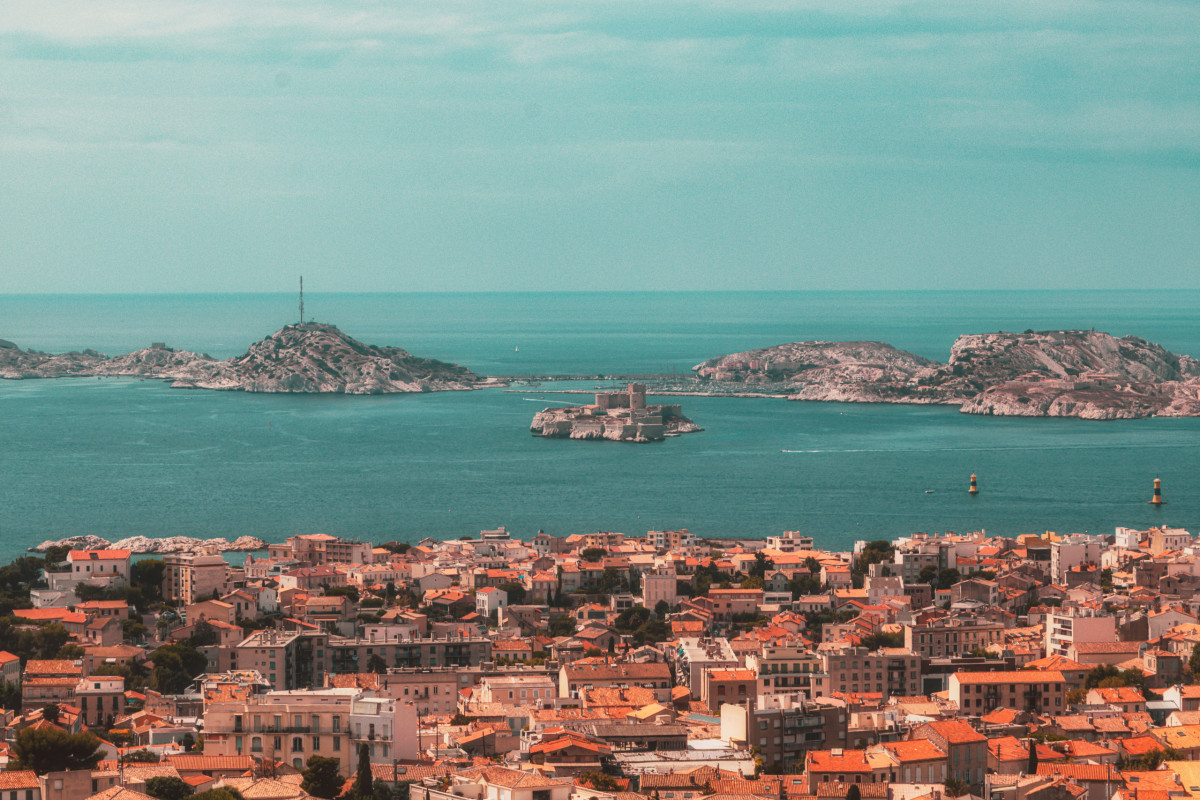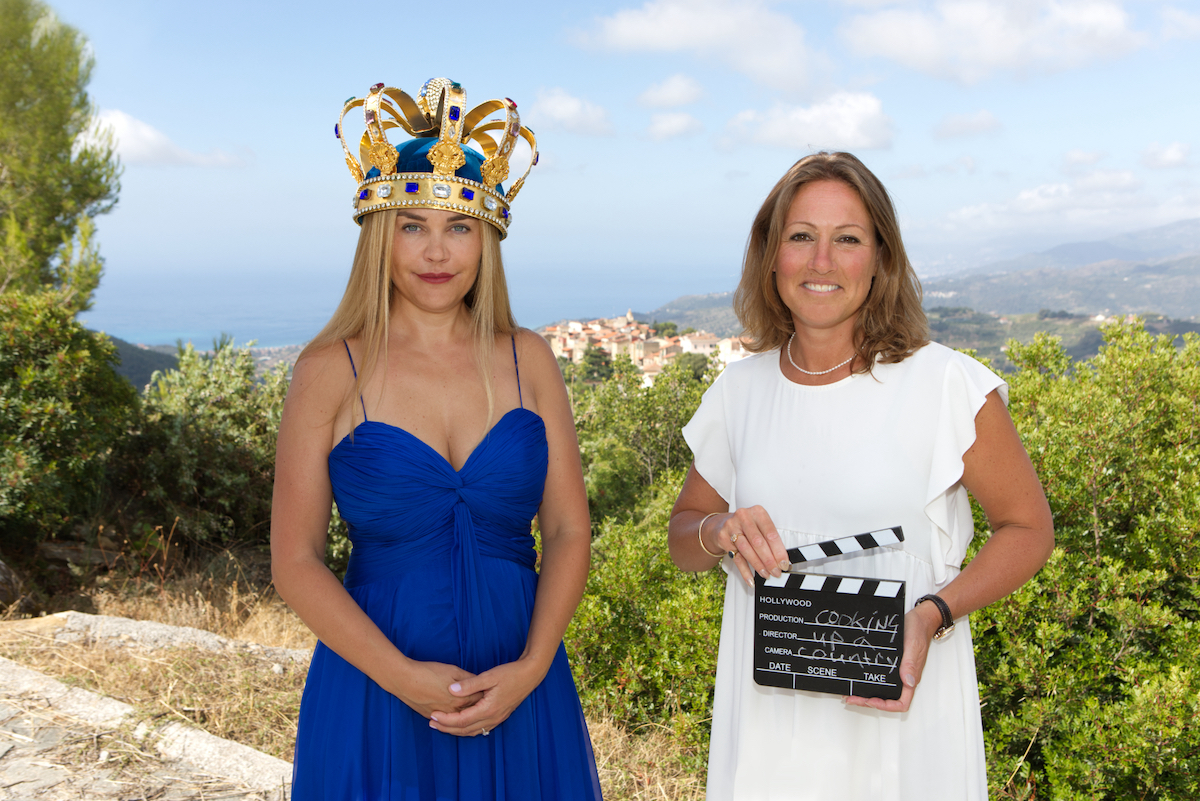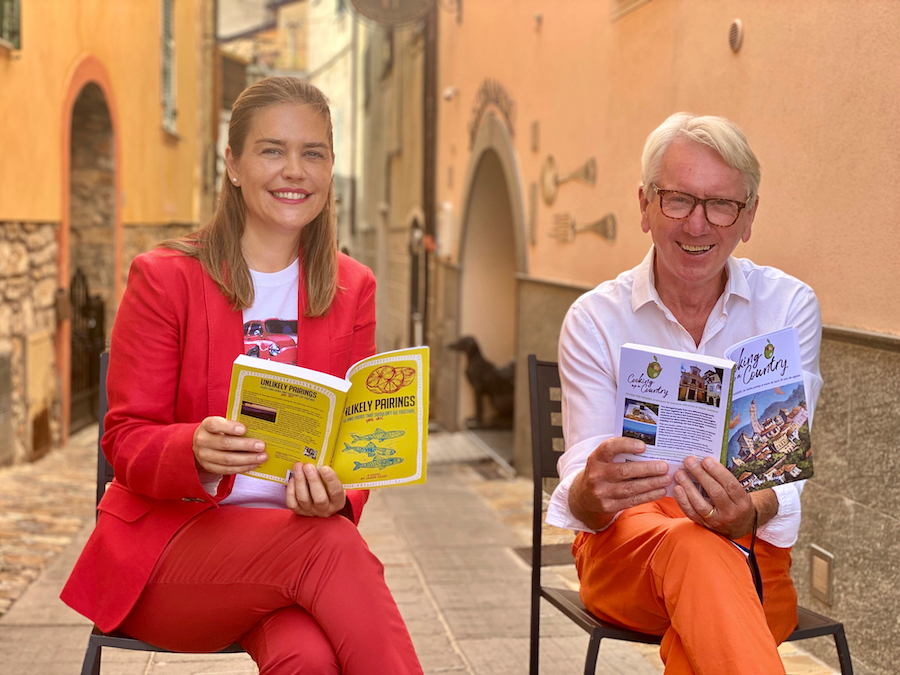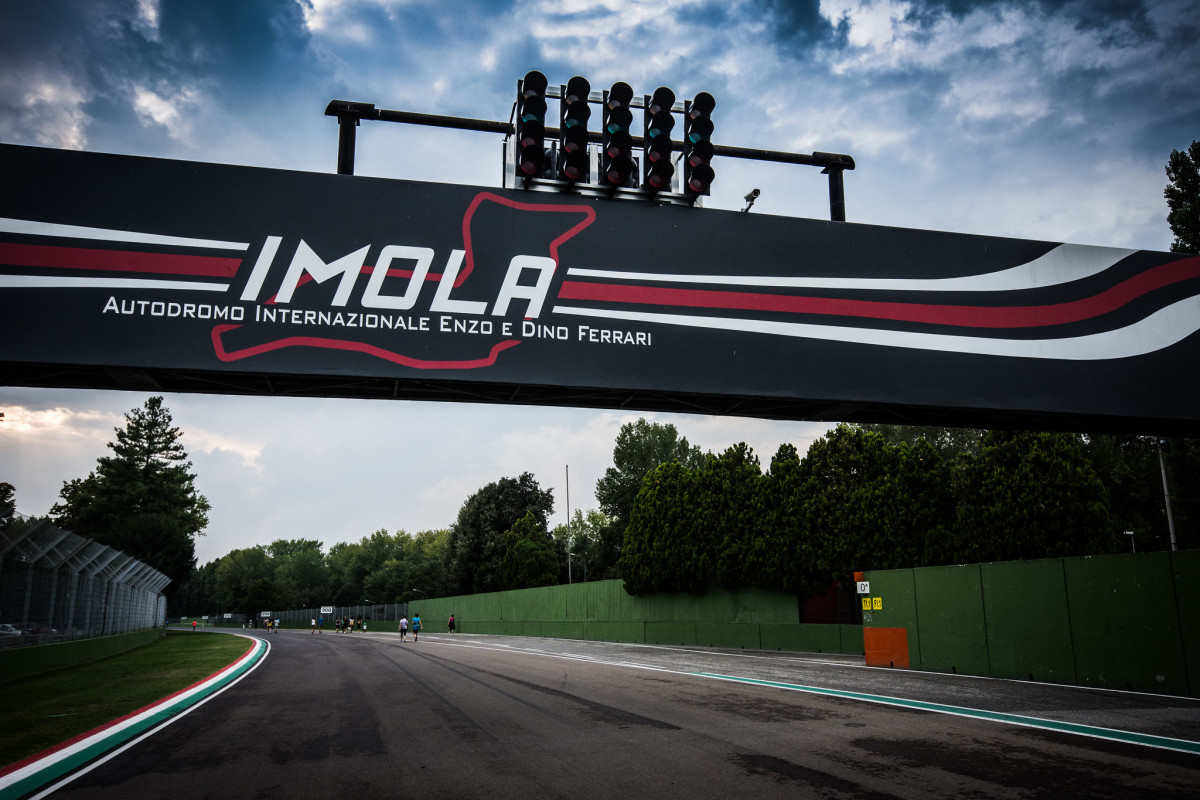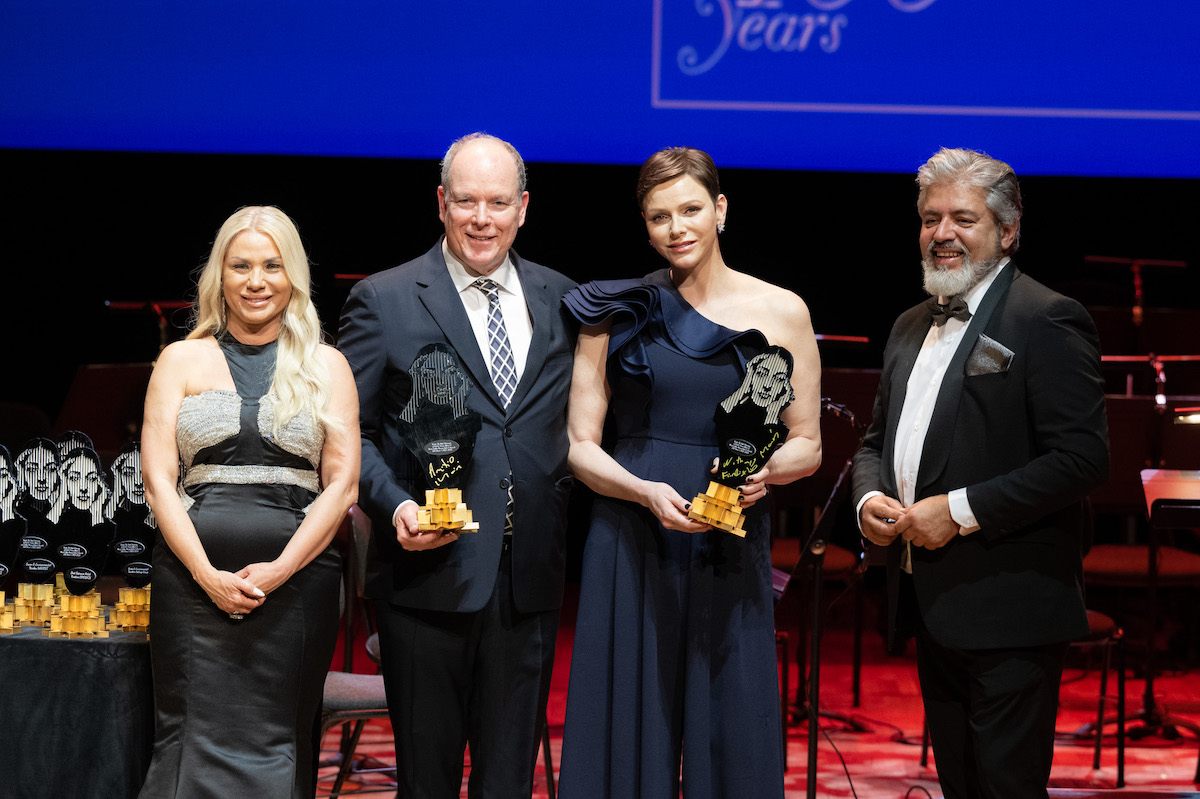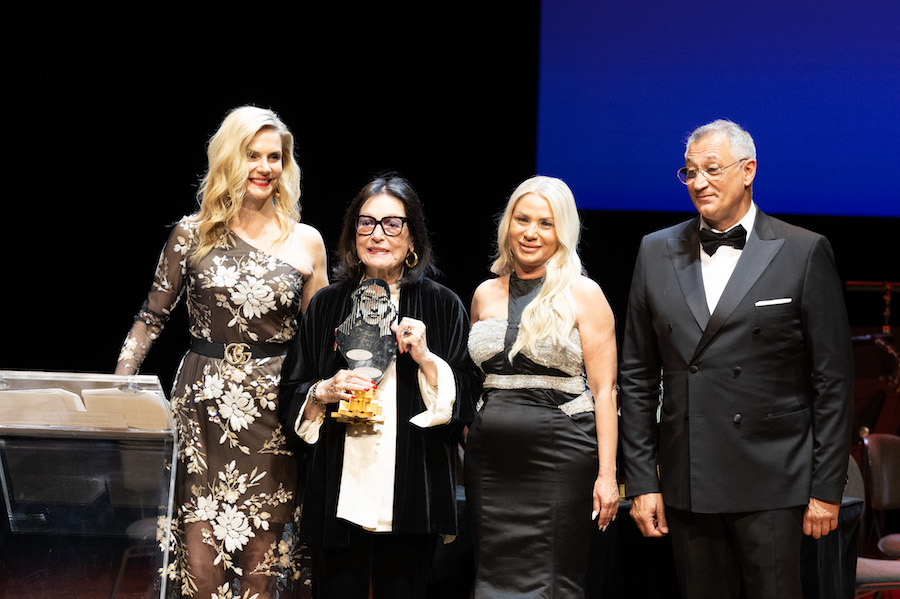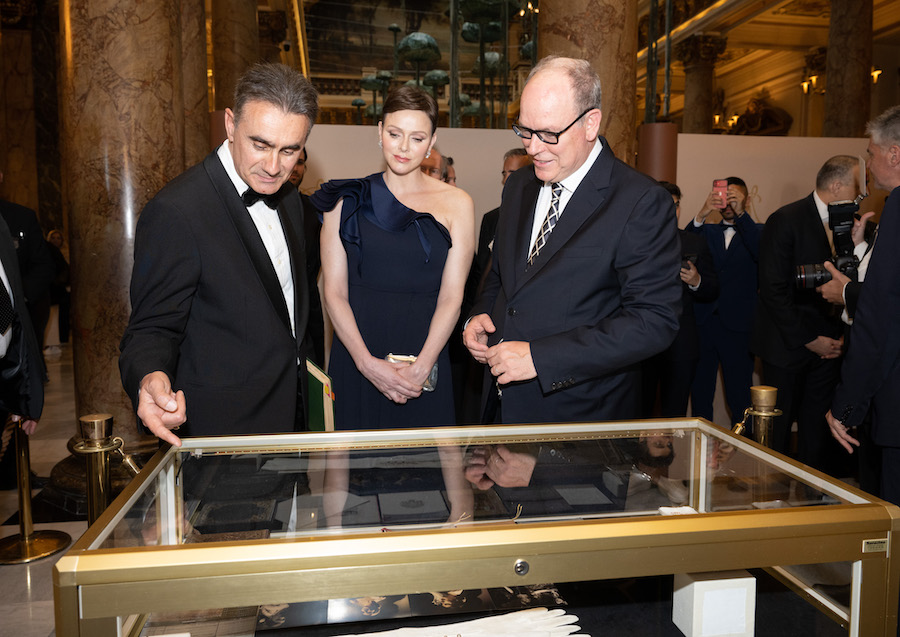There were 23,400 actual or attempted home robberies in the Provence-Alpes-Côte d’Azur region in 2022, the third highest figure in the whole country.
France’s statistical agency INSEE puts out a yearly report on the regions of France where the most burglaries or attempted burglaries occur. In 2022, the Provence-Alpes-Côte d’Azur (PACA) region hit 7.5 burglaries per 1,000 homes, far higher than the national average of 5.8.
In real numbers, this means 23,400 PACA homes were at least under threat of robberies last year, putting the region solidly in third place nationwide, with only French Guyana at a rate of 11 homes per 1,000 and Île-de-France, the region including Paris, at 7.9, above it.
HIGH CRIME AREAS
The numbers for PACA were pushed up in part due to high criminal activity in the Bouches-du-Rhône department, which has France’s highest number of reported burglaries at 11.4 per 1,000 households, and the Vaucluse, which saw 9.6.
The other departments of the region fared a bit better. The Var had 5.9 robberies per 1,000 homes, followed by the Alpes-Maritimes at 4.5, 3.8 for the Alpes-de-Haute-Provence and 2.1 for the Hautes-Alpes, one of the nation’s least targeted departments.
Marseilles, Aix-en-Provence, Arles and Avignon were amongst the hardest hit by criminals, but were less affected than Saint Tropez and Vidauban. Coastal Alpes-Maritimes homes were also more likely to be targeted than those inland.
SOCIOECONOMIC DISPARITY
On French territory, municipalities located in dense population areas with strong income inequalities and a high median standard of living were the most exposed to offenses. Rates of burglaries were nearly twice as high in cities than in rural settings, and in what INSEE calls “areas of attraction”, such beach destinations. Intruders tend to look for easy pickings, so it’s not surprising that second homes, which sit empty at least part of the year, are often targeted.
“[The burglary rate] is on average 5.4 in areas with less than 50,000 inhabitants, 6 in those between 50,000 and 200,000 inhabitants, 6.3 in areas between 200,000 and 700,000 inhabitants, and 11 in the Marseille-Aix-en-Provence catchment area, the most populated,” said the report of the PACA figures.
PACA is also notable as being the only region where poor municipalities have higher robbery rates than the richest ones, on average. This regional anomaly can be explained by Avignon and Marseilles being relatively “poor” though with high break-in rates. That being said, the rates are higher where income gaps are biggest, being four times those of towns where the disparities are smaller.
DECLINING FIGURES
Whilst the report isn’t comforting, it should be noted that there has been an overall 9% decline in home thefts in the region between 2016 and 2022. The national average is 15% less.
Read more:
Opération Tranquillité Vacances: French police offer free home surveillance
Sign up for the Monaco Life newsletter. For the latest news, follow us on Facebook, Twitter, and Instagram.
Photo source: Fred Pet
